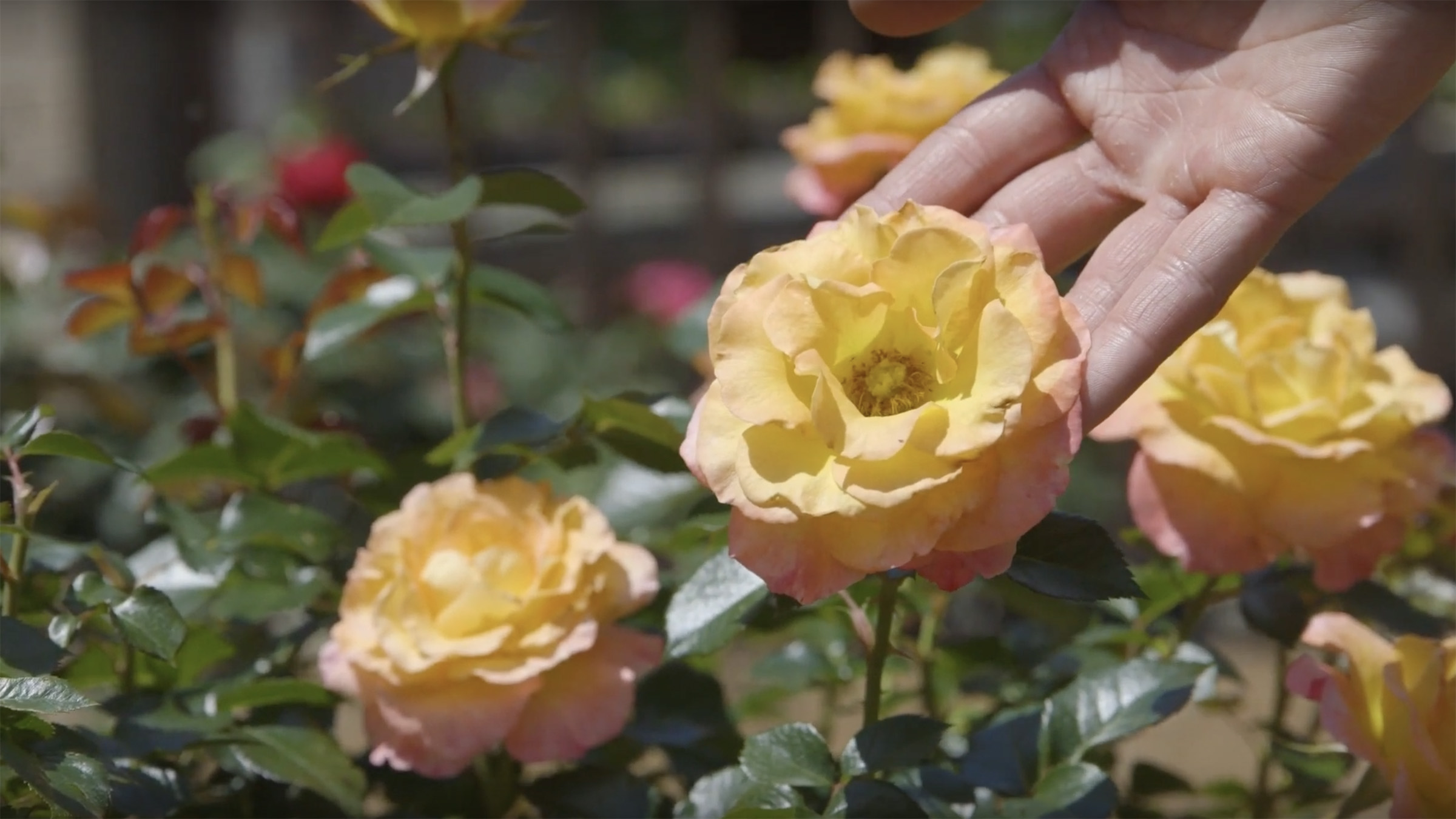Buying Chicken and Meat in Bulk? Learn How to Freeze It Properly
Safeguard your purchase and your family with freezing safety tips
The rise of bulk retailers such as Costco, BJ’s and Sam’s Club have changed the way many of us shop. And recent disruptions to the food supply chain have given rise to pop-up meat sales as farms sell off bulk inventory that, until the closure of many restaurants and institutions due to COVID-19, were their primary customers.
Many of us, as opportunistic shoppers, are looking for ways to safely store that bargain meat in a way that preserves the quality and ensures the safety of the food to be consumed at a later date. Let’s face it – how many families can eat 40 pounds of chicken in a week?
Freeze your chicken as soon as possible after purchase, while separating into individual packages and wrapping in multiple layers
This Homegrown segment features Candice Christian, consumer and retail food safety expert with NC State Extension. Watch as she talks us through the basics of packaging and freezing poultry for optimum freshness and safety.
Additional guidance is available through NC State Extension’s food safety team – from safe handling and transporting raw pork, beef and poultry, to safe refrigeration and freezing, find answers that will help keep your family safe, fed and within budget.
Tip sheet
Tips for Freezing Poultry
- Freeze poultry as soon as possible!
- Always work with clean hands, preparation areas, equipment and utensils.
- Quality can be extended by storing at 0ºF or lower and packaging for frozen storage.
- Choose containers or wraps appropriate for freezing:freezer foil, wrap or bags, plastic freezing containers.
- To prep for freezing:
- Ideally wrap first in a layer of plastic wrap or freezer paper, then a layer of foil, then store in a freezer bag or plastic container.
- Multiple layers will help maintain quality and prevent freezer burn.
- Wrap tightly, pressing out as much air as possible.
- Consider freezing poultry in portions so that you only need to defrost what is immediately needed.
- Clean and sanitize equipment and surfaces after breaking down and packaging poultry.
Find more food safety tips and tools at https://foodsafety.ces.ncsu.edu.
- Categories:



